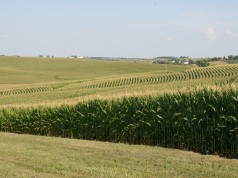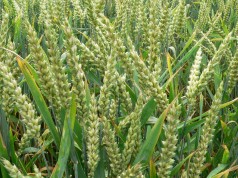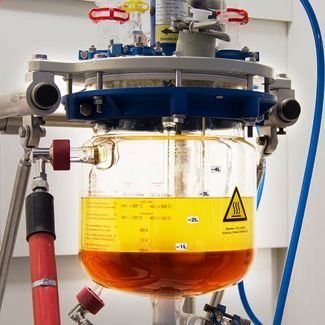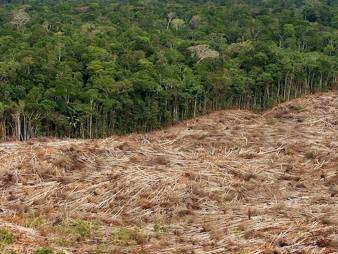Reducing Land Demand
While the world’s average agricultural yield growth is slowing, the opportunity to increase productivity in regions with lagging yields, like sub-Saharan Africa, seems promising.
Capacity building on best management practices, integrating scientific and local know-how and investing in the remediation of degraded soils offer strong potential for maximizing yield.
In high-consumption regions, more efficient and equitable use of land-based products is required.
Up to 319 million hectares of land can be saved by 2050, if the world follows a combination of measures designed to keep cropland expansion within the safe operating space.
These measures include:
- Improve land management and land use planning in order to minimize the expansion of build-up land on fertile soils;
- Invest in the restoration of degraded land;
- Improve agricultural production practices to increase intensification in an ecologically and socially acceptable way;
- Monitor global land use requirements of countries for the total consumption of agricultural goods in order to allow comparisons with the global average and sustainable supply and implications on sectoral policies;
- Reduce food waste and shift towards more vegetable diets;
- Reduce the subsidization of fuel crops – including the reduction and phase out of biofuel quotas in consuming countries.
More Findings from the Report
- More than half of the synthetic nitrogen fertilizer ever produced has been used up in the past 25 years.
- By 2005, the 10 largest seed corporations controlled half of all commercial seed sales; the top 5 grain trading companies controlled 75 per cent of the market, and the 10 largest pesticide manufacturers supplied 84 per cent of pesticides.
- International agricultural trade has increased ten-fold since the 1960s.
- A global agricultural trade has emerged, characterized by high levels of agribusiness concentration, a rapid increase in the share of retail food sales by supermarket chains, and growth in the trade of foodstuffs, fertilizers and pesticides.
- Food prices remain below their peak in 2008, but are higher than pre-crisis levels in many developing countries.
Towards More Sustainable Land Use
The report makes a number of cross-cutting recommendations, which taken together could help limit cropland expansion to an additional 8-37 per cent by 2050, allowing the world to stay within its safe operating space.
These include:
- Improving information systems, especially to monitor domestic land use, and foreign land use for domestic production and consumption;
- Land use planning to prevent the loss of high-value natural areas to the encroachment of cropland and to avoid the spread of built-up areas onto fertile soil;
- Harmonizing food security, energy, rural development and industrial policies through economy-wide programmes for sustainable resource management;
- Economic instruments to trigger sustainable supply and demand; for example, a “subsidy to sustainability” approach to foster long-term soil productivity;
- Targeting public investment to focus on the needs of smallholders to enhance food security and living conditions in rural areas.
UNEP’s 2012 Foresight report ranked the issue of global food security and food safety among the top three global challenges. The integration of the biodiversity theme into environmental and economic agendas and the new rush for land were within the top twelve.
Click here to read/download the Full Report.
Source: UNEP.


















